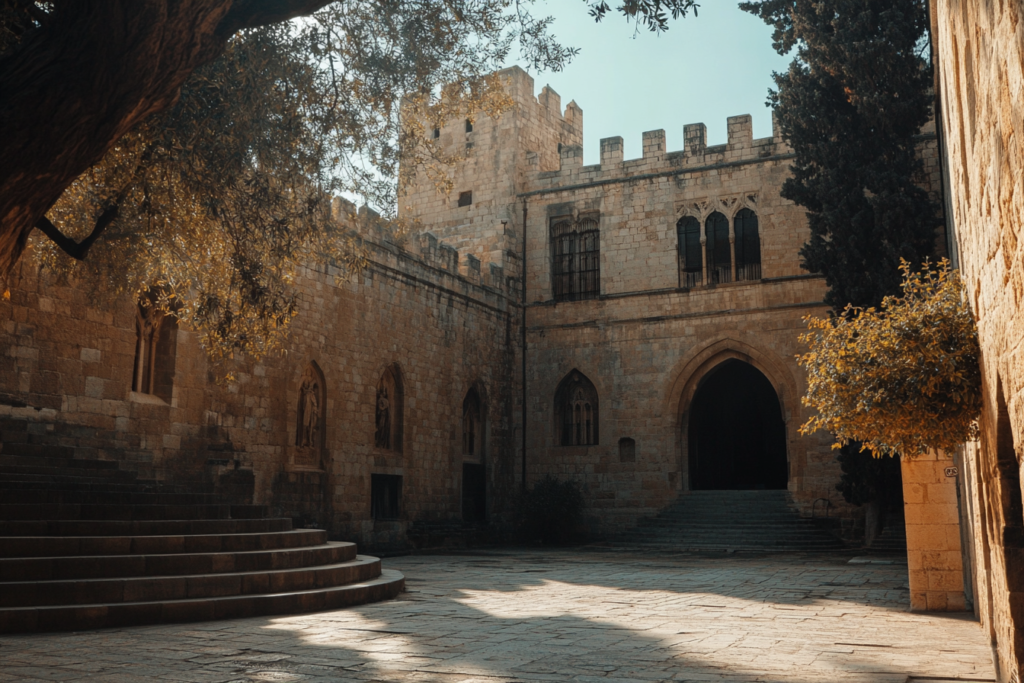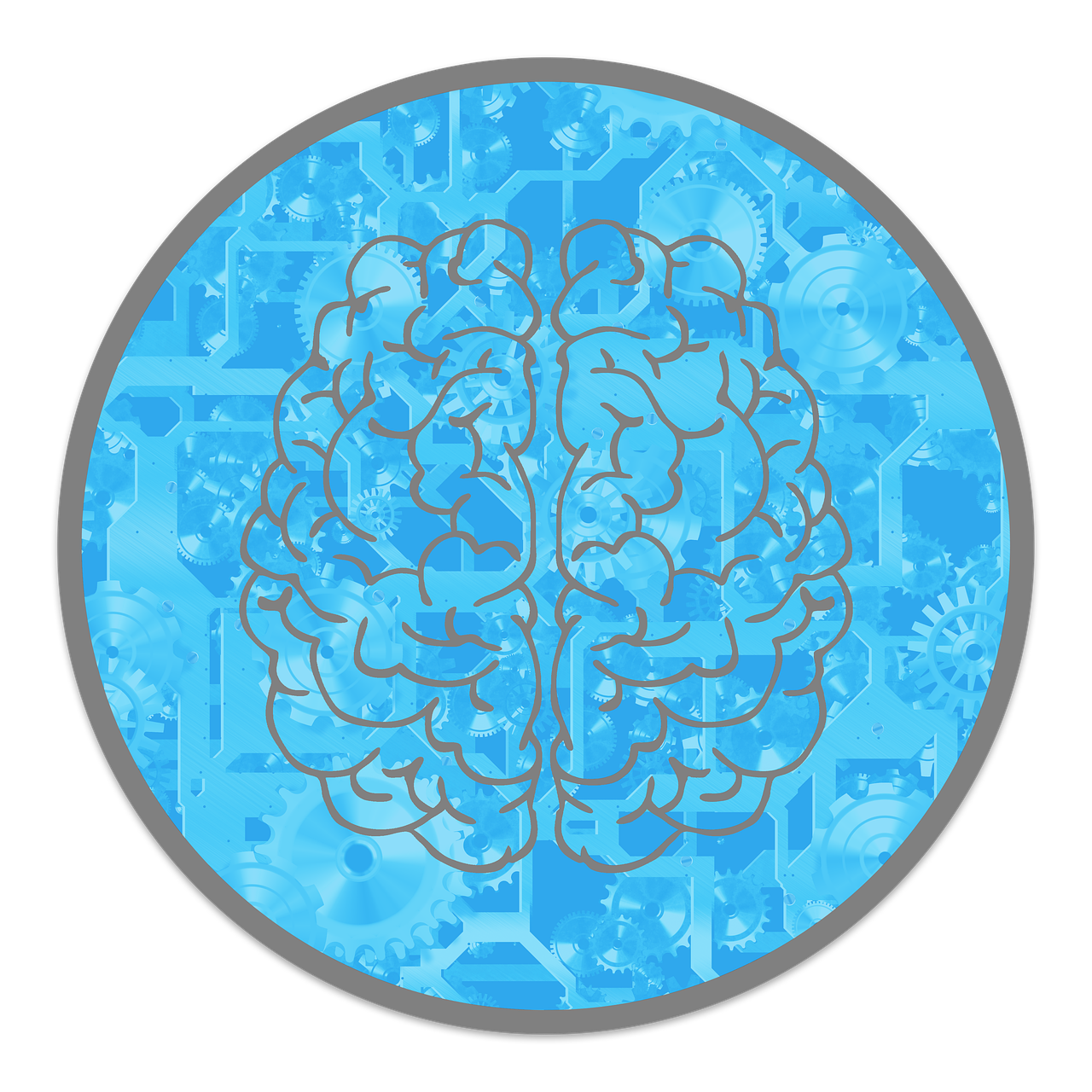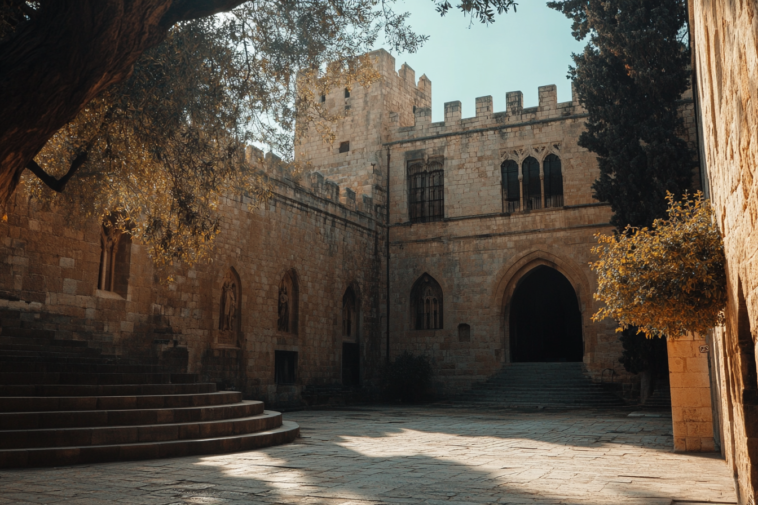
Archaeology is a fascinating field that constantly challenges our understanding of the past.
Every discovery has the potential to rewrite history—or spark heated debates.
Over the last decade, several findings have shaken the academic world and captured global attention.
From ancient tombs to underwater cities, these discoveries are not only remarkable but also controversial.
Why?
Because they force us to question long-held beliefs about human history, culture, and evolution.
Let’s explore the most controversial archaeological discoveries of the past decade and what makes them so intriguing.
The Palace of King David
In 2013, Israeli archaeologists announced they had uncovered what could be the Palace of King David, a central figure in biblical history.
Found in Khirbet Qeiyafa, the site dates back to the 10th century BCE, aligning with the period traditionally associated with David’s reign.
The controversy?
Many scholars question whether King David was a historical figure at all.
Some argue that the palace may belong to another kingdom, not David’s.
Others believe the evidence supports biblical accounts.
This debate highlights the tension between archaeology and religious texts, making this discovery a lightning rod for discussion.
- Read also: Who Discovered Iceland? The History Of The Exotic Country
- Read also: Who discovered the Pacific Ocean? The Largest And Deepest Ocean
The 13,000-Year-Old Skeleton (Naia)

In 2014, divers in Mexico’s Yucatán Peninsula uncovered the nearly complete skeleton of a teenage girl, nicknamed Naia, in an underwater cave system.
Estimated to be 13,000 years old, Naia provides crucial insights into the origins of the first Americans.
Genetic analysis revealed a connection between Naia and modern Indigenous groups, supporting the theory that ancient humans migrated from Asia to the Americas via a land bridge.
However, some skeptics argue that the findings don’t align with other evidence of early American settlements, keeping the debate alive.
The Wari Tombs in Peru
The discovery of Wari tombs in Peru in 2013 unveiled a royal burial site filled with gold, silver, and ceremonial artifacts.
The Wari Empire, which predated the Incas, was one of the most advanced pre-Columbian civilizations in South America.
What’s controversial?
The find challenges traditional narratives about the Incas being the first dominant culture in the Andes.
The Wari’s sophisticated urban planning and political systems suggest they were far more influential than previously thought.
This has sparked debates about the true origins of Andean civilization.
The Underwater City in Greece
Off the coast of southern Greece, archaeologists discovered an underwater city in 2015.
Pavlopetri, believed to date back to 5,000 years ago, features a complex network of streets, buildings, and tombs.
The controversy arises from its age and purpose.
Some argue Pavlopetri might be the inspiration for Plato’s Atlantis, while others dismiss this as speculative.
Additionally, its preservation underwater raises questions about rising sea levels and their impact on ancient civilizations.
The Elongated Skulls in Mexico

In 2019, researchers unearthed elongated skulls in Mexico, which belonged to members of ancient cultures practicing cranial deformation.
This practice involved binding infants’ heads to alter their shape, a status symbol in many societies.
The controversy?
These skulls sparked wild theories about extraterrestrial origins, even though scientists have repeatedly debunked such claims.
The real debate focuses on why so many unrelated cultures across the globe engaged in cranial modification.
Was it purely aesthetic, or did it hold deeper cultural significance?
The Egyptian Tombs and Artifacts
In 2020, archaeologists uncovered more than 100 sealed sarcophagi in Saqqara, Egypt, dating back over 2,500 years.
These tombs contained mummies and artifacts, offering a window into ancient Egyptian burial practices.
Why is this controversial?
Some critics accuse Egypt of sensationalizing discoveries to boost tourism, while others argue that the tombs raise new questions about the role of middle-class citizens in ancient burial customs.
The ethical debate surrounding the excavation of human remains also fuels the controversy.
The Discovery of Homo Naledi
In 2015, scientists made a groundbreaking discovery in South Africa: the remains of a new human ancestor, Homo naledi.
This species, which lived about 250,000 years ago, had a mix of both primitive and modern traits, sparking excitement in the scientific community.
However, the discovery has led to some controversy, particularly around the interpretation of Homo naledi’s behavior.
Researchers found evidence suggesting that they may have deliberately buried their dead, a practice once thought to be exclusive to Homo sapiens.
Some critics, however, argue that this conclusion might be too hasty, as the evidence isn’t entirely clear.
The Underwater City of Pavlopetri

The ancient underwater city of Pavlopetri, rediscovered in recent years, continues to fascinate archaeologists.
Its well-planned layout features two-story buildings and advanced drainage systems, showcasing the sophistication of its time.
However, the city’s preservation has become a topic of controversy.
Rising sea levels and increasing tourism pose significant threats to this historical site, raising questions about how to balance the need for archaeological exploration with the importance of environmental conservation.
As efforts to protect Pavlopetri move forward, finding this balance will be key to preserving this remarkable piece of history for future generations.
The Göbekli Tepe Site
Göbekli Tepe, a site in Turkey dating back 11,000 years, remains one of the most enigmatic archaeological finds.
Its massive stone pillars and intricate carvings suggest it was a ritual site, predating Stonehenge by thousands of years.
The debate?
Göbekli Tepe challenges the belief that organized religion emerged after the advent of agriculture.
Instead, it suggests that communal worship may have motivated humans to settle down and farm, flipping conventional theories of human development on their head.
The Vinland Map

In 2021, the infamous Vinland Map was finally proven to be a forgery.
This map, supposedly depicting parts of North America before Columbus, had long been a source of debate among historians.
The controversy?
While the map is fake, the possibility of pre-Columbian transatlantic contact remains open.
Artifacts like the Norse settlement at L’Anse aux Meadows suggest Vikings reached North America long before Columbus, leaving the debate far from settled.
- Read also: Who Discovered Australia? The History of How Australia Discovered
- Read also: Who Discovered The North Pole? The Story Of the North Pole
Final Thoughts
Archaeological discoveries are more than just relics of the past—they’re stories that connect us to our ancestors.
The most controversial finds of the last decade remind us how little we truly know and how every discovery has the power to reshape history.
While debates rage on, one thing is certain: archaeology will continue to challenge our perceptions of the past.



